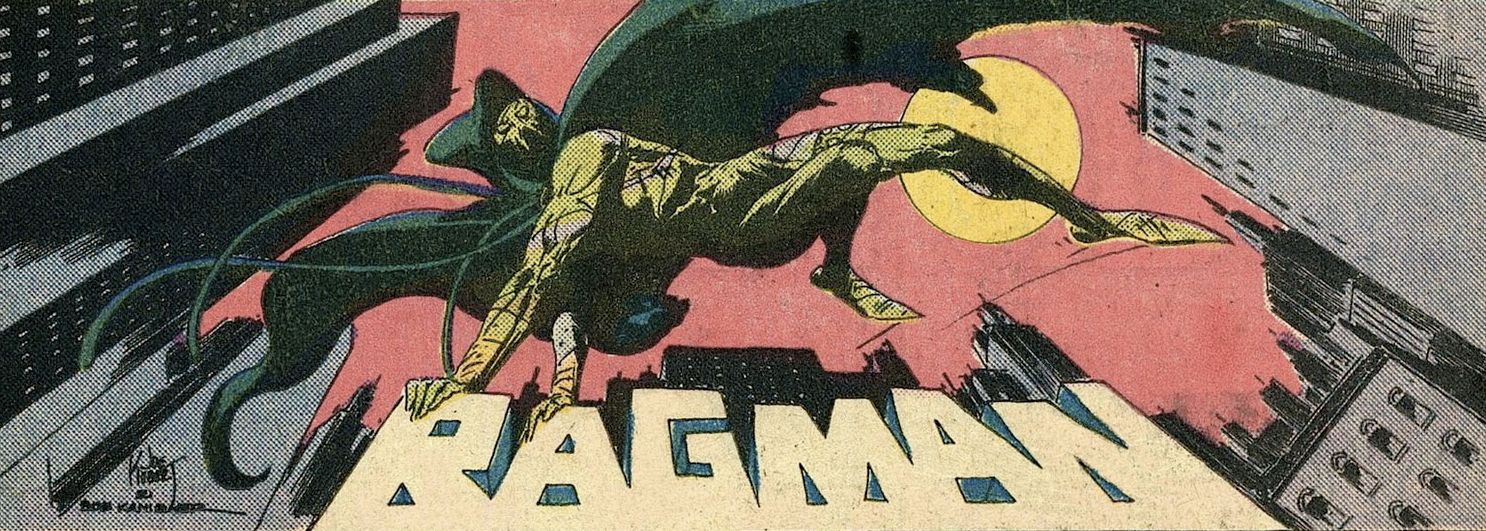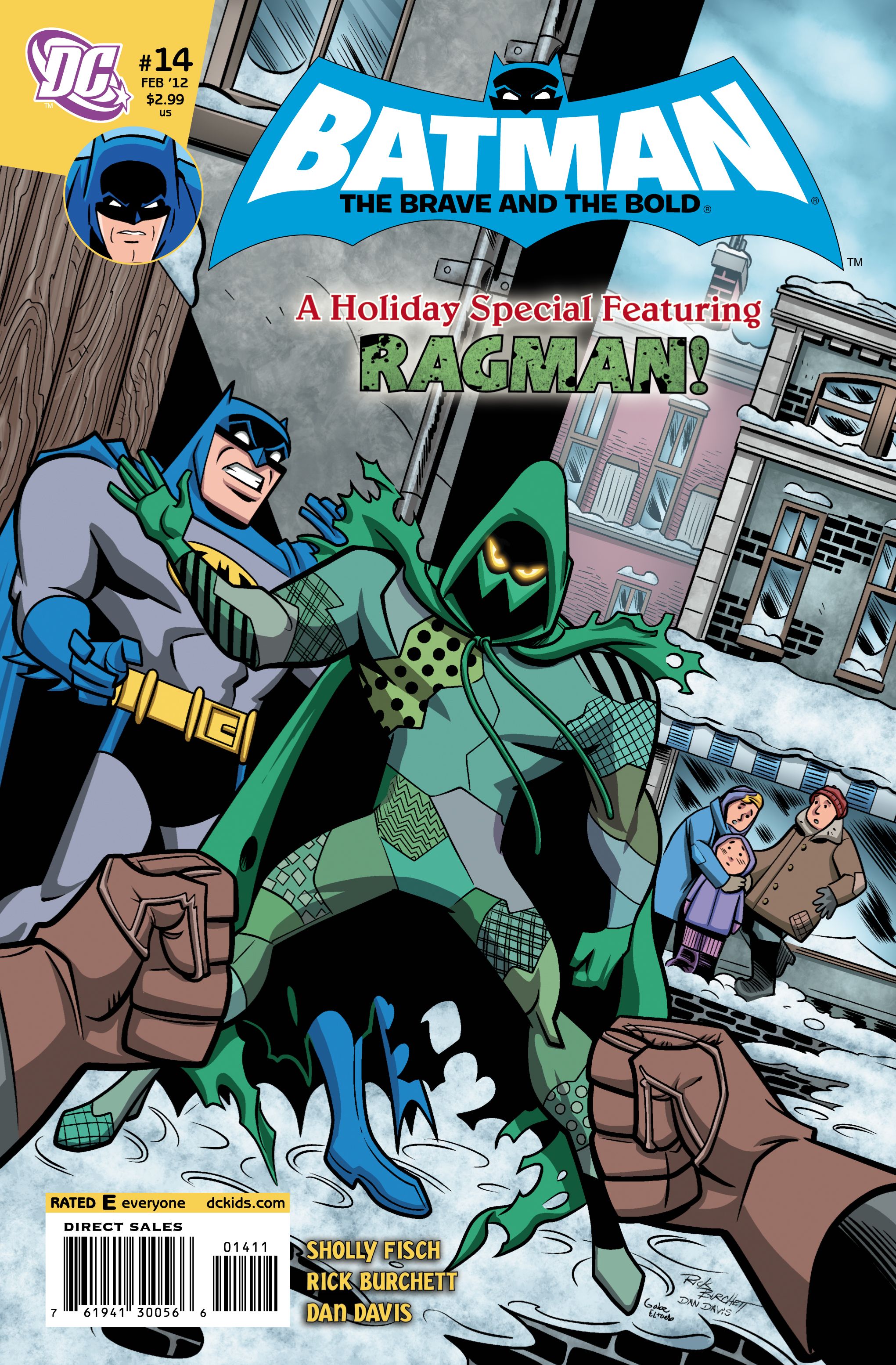As miracle-based winter holidays go, Jewish Chanukah suffers a bit in constant comparison to Christian Christmas, a fact that has to do more with a coincidence of the calendar than with the importance of the holidays to the respective groups who celebrate them.
That is, Christmas is the second biggest holiday of the Christian year, behind Easter, and the one that has been most widely embraced by secular culture. For Jews, Chanukah is a relatively minor religious holiday.
The two holidays are generally forced into contrast each winter as they are celebrated around the same time, though, and Chanukah can’t help but come across as the lesser of the two, in a miracle vs. miracle sense.
The miracle of Chanukah, beyond the military victory in which the Maccabees defeated the vastly larger Greek army (Take that, Frank Miller and Zack Snyder!), was that the one day’s worth of oil they had to burn in the temple menorah burned for eight days.
Christmas has a couple of miracles for Christians, including a virgin birth, a portentous star in the sky and angels visiting multiple witnesses.
From an outsider standpoint, the Chanukah story has a lot more action, but the Christmas one inspires more awe.
Of course, neither the temple oil lasting a supernaturally long time nor a baby being born to a virgin and that event’s accompanying aerial phenomenon seem quite as impressive as this particular miracle: A magical suit stitched together from rags transforms the person who wears it into a superhero, granting him super-strength and invulnerability, limited flight ability, and, most, spectacularly, the ability to absorb the souls of truly evil people, transforming them into rags in his quilt-like suit.
Ragman, the possessor of this fantastic suit, isn’t even one of the more impressive of the super-people who populate his world, as he would be the first to admit. Compared to Superman, Ragman seems no more powerful than a ragdoll would to a normal man.
No wonder then that Rory Regan’s menorah is collecting cobwebs on a dusty shelf in the junk store he inherited from his father in All-New Batman: The Brave and the Bold #14, and no wonder he tells a neighborhood rabbi that he won’t be celebrating Chanukah this year, as he’s “not really religious.”
Being a religious person can be difficult in our world, where the terrible things constantly happening challenge belief in an all-powerful, all-good controlling force, and science regularly introduces us to wonders inconceivable to the generation before us, let alone to those who lived 80 generations before us. But I have to imagine it’s even harder in the DC Universe, or the Marvel Universe, or any world in which superheroes belong.
Does Jesus’ resurrection seem as miraculous an event in a world where eight-out-of ten superheroes have also died and come back to life, some more than once? Where the Christian heaven and hell are just as accessible for fantastic adventures, as any pagan religious realm, alternate dimension or faraway planet? Where angels and gods regularly invade major metropolitan areas and get membership cards on various superhero teams? Where the entire universe has been created, de-created and re-created a good half-dozen times since Clark Kent got a job at the Daily Planet?
Corporate super-comics occasionally tackle issues of faith, but the stories are usually quite narrowly focused, told from the cosmic super-beings’ point-of-view or dealing with an invented cult that worships Superman on sect that wants to eradicate mutant-kind. The latest issue of The Brave and The Bold, containing the story “Small Miracles,” doesn’t really get into the challenges of faith in a world where the miraculous in commonplace either.
It does, however, work as a Chanukah special, explaining the origins of the holiday in a one-page, five-panel sequence and having the rabbi character contextualize a lesson from the menorah that applies to superheroes and the readers of superheroes.
That, and the comic also manages to introduce the Ragman character to new and young readers (sans the suit of damned souls bit). And to set up a relevant conflict between Batman as the hero of “uptown” Gotham and Ragman as the fighter of poor-on-poor crime beneath billionaire Batman’s notice. And to anchor the bad guy’s plot in the country’s current economic woes. And include a non-denominational religious (or philosophical, if you prefer) moral. And include a pretty awesome four-page, pre-story team-up in which Batman and Blue Beetle battle the combined might of Doctor Spectro, Crazy Quilt and The Rainbow Raider, who have come up with an awesomely inane plot to ruin Gotham City’s Christmas.
And that’s the miracle—er, the magic of, um, the appeal of writer Sholly Fisch and artists Rick Burchett and Dan Davis’ run on this title which, sadly, ends in February of next year with #16 (For reasons I’m not entirely sure I understand. Perhaps the animated series the book is based on is ending, but an all-ages Batman team-up title seems like the sort of comic book that would make sense no matter what Cartoon Network might be airing in a particular time slot).
Each issue is a done-in-one complete story, each issue pulls its cast and conflicts from DC’s ocean-deep character catalogue, each features clean, crisp art in which the chameleonic Burchett synthesizes wildly disparate character designs into something that feels true to the work of previous artists and yet synchs up with style of the book. And every once in awhile they pull off something as impressive as this—religious content in an ostensible kids comic that neither preaches or panders.
If I were a citizen of the DCU, I’m still not sure if I’d be able to bring myself to celebrate Chanukah instead of Ragmanunka, which I suppose is just one more reason I’d rather read about the heroes of the DC Universe instead of live among them.
Especially if the comics about them are as good as this one.


